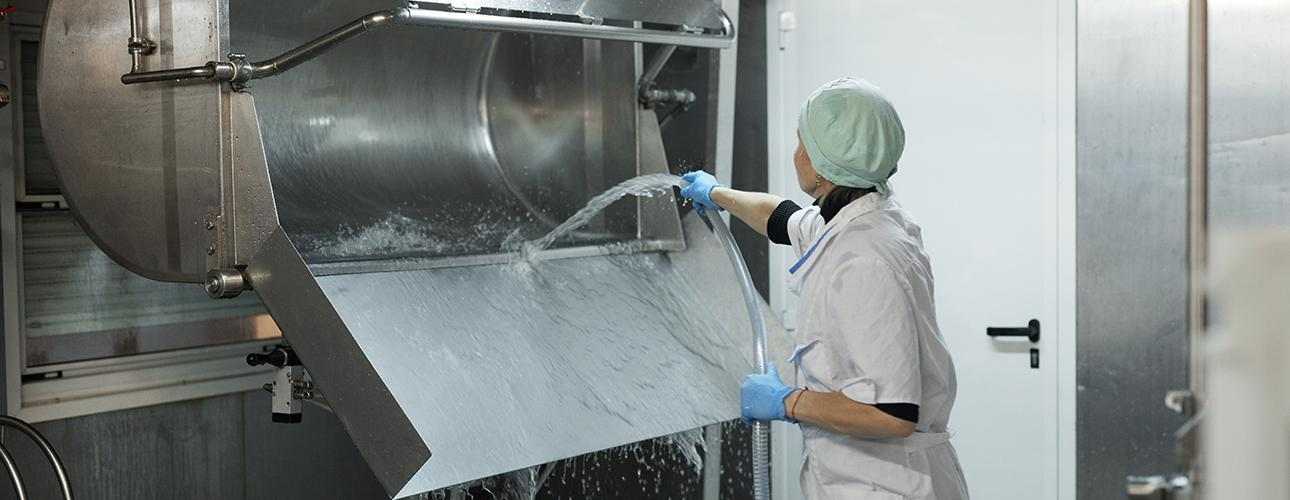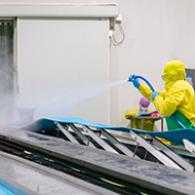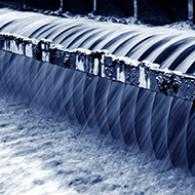Climate change, water scarcity, soaring utility costs, high inflation, labour shortages and lingering supply chain issues… The list of challenges facing the dairy industry is relentless. Confronting these while remaining competitive means building a thread of resilience throughout your business.
Controlling your resource usage is crucial to build this resilience and to help maintain profitability, drive sustainability, and to realize your ESG goals. Here’s five ways to reduce your energy usage which will help support your ambitions, and make the difference you’re looking for.
One
The Challenge
Dealing with continuous cost pressures, changing production demands, and a huge amount of data are typical challenges in dairy industry CIP management. The problem is, that up until now you may have been trying to optimize your production based on assumptions. Intelligent CIP uncovers your CIP system’s true operation with visual, easy to understand, actionable information. It lifts the curtain on each CIP run, for proof of compliance, and indicators of where to optimize to improve sustainability and reduce cycle times. Using this insight you can verify cleaning and meet targets, while uncovering and prioritizing improvements.
The Bottom Line – Tracking, monitoring and reporting gives you control to make significant savings on your water, energy and chemical consumption by identifying where you’re losing resources. It also reveals hidden opportunities to add value, while ensuring food safety, quality and traceability.
Two
The Challenge
How do you know if you are cleaning enough, or even too much? Traditional metrics cannot indicate the level of clean as data is typically scattered in multiple systems and is hard to interpret – especially without real-time monitoring. CIPTEC measures soil volume and cleaning chemical levels in your final rinse stage to accurately determine the effectiveness of CIP stages and soil removal. Using this data - along with the conductivity, flow and temperature during the wash – you can calculate the optimal regime to eliminate over-washing, while maintaining a safety margin at 6 sigma level.
The Bottom Line – The majority of CIP systems are over-cleaning by 60%. CIPTEC gives you quality control and drives sustainable use of resources by reducing your wastewater, C02, and COD loading - and unnecessary use of water, chemicals and energy.
Three
The Challenge
Has your CIP system been fine-tuned to maximize the performance of your plant? Has it been modified to accommodate production process changes since installation? If not, you’re not getting the full operational benefits from your investment. By using CIPCheck, you will benefit from a detailed analysis of your utility, chemical and time usage to identify areas of improvement. CIPCheck is the baseline for CIP validation and will make a positive impact on available production time, waste, energy costs, and environmental issues.
The Bottom Line - Roughly 75% of CIP systems use original settings and run un-validated. Achieving assured food safety and increased production will benefit your peace of mind and profitability.
Four
The Challenge
Compressed air plays a critical role in powering your production processes. The generation and distribution of this air accounts for a significant proportion of your energy bill. The U.S. Department of Energy estimates that on average 20-30% of the compressed air you generate is lost to leaks - an unseen element adding to your energy costs and putting increased pressure on your generation system.
The Bottom Line – With AirCheck you can reduce utility waste and realise significant cost savings on your total compressed air budget. The audit and resulting customised actions can reduce waste, with the return on investment having an instant impact on your budgets.
Five
The Challenge
Thermal energy and steam are primary resources. Harnessing steam is critical and losses in the distribution system have a negative impact on your cost of production and sustainability. The U.S. Department of Energy estimates that 15 - 20% of installed steam traps fail if they do not receive maintenance every 3-5 years. The impact to your business? On average 16% of the steam you generate is lost through leaking steam traps, pipes, or valves within the distribution system. This negatively affects the cost of generation and the load put on your boiler and distribution system.
The Bottom Line – SteamCheck identifies and addresses steam losses to deliver you energy savings from low capital investment. It also improves the reliability of your steam system and creates a safer environment for employees.
Save on Resources With The Benefits Of A Knowledge-Based Partnership
It’s unlikely you will find the means to achieve all these resource savings with an off-the-peg solution. Or any combination of suppliers. To define the right strategy and optimize your production, you need a partnership that consistently delivers the knowledge-based expertise, experience, and specialist focus to help you compete effectively when margins and budgets are stretched. With a tailor-made combination of chemical, service and engineering solutions your business will benefit from a seamless, integrated and aligned approach and save on significant resource costs.
Do you want to learn more? Talk to us directly and arrange a call with one of our experts. Please fill out the form here.









